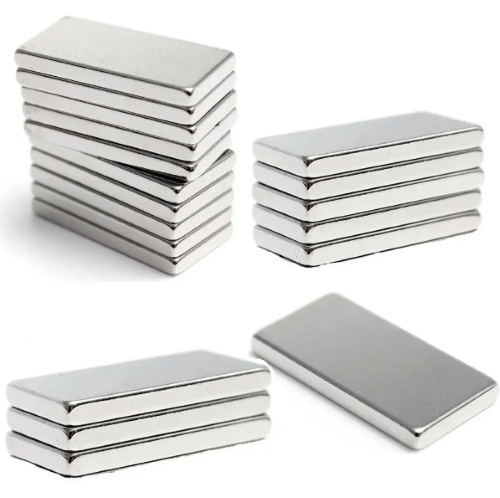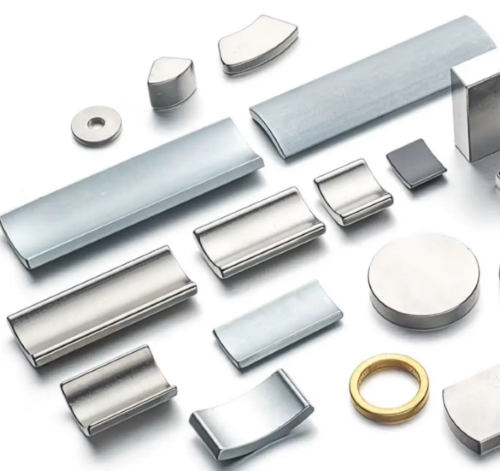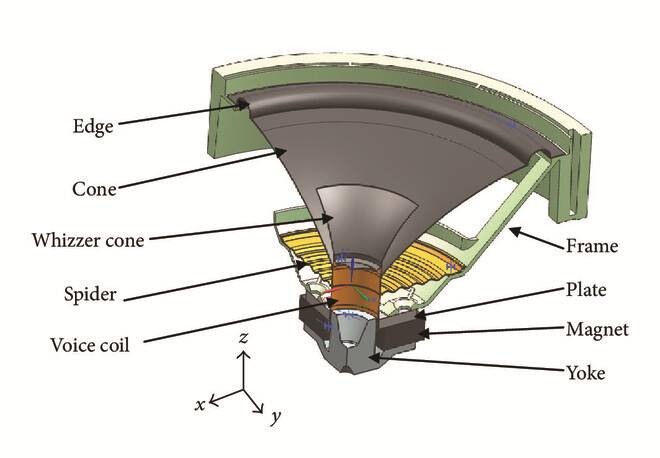How Do I Separate Strong Magnets?
Introduction
Magnets are used in a variety of applications, such as motors, generators, and other industrial equipment. In some cases, it may be necessary to separate magnets to replace or repair parts, or to reposition them for improved performance. Yet, separating large magnets can be a challenging task, especially if they are strongly attracted to each other. In this article, we are going to discuss the effective methods to separate strong magnets. Hope that you can have a deep understanding of the proper handling of magnets after finishing reading. 
Figure 1. Strong Permanent Magnets
Tips for Separating Strong Magnets
There are several tips for you to follow no matter which approaches you will take.
Slide! Don’t Pull!
You’d better slide powerful magnets apart instead of pulling. Just keep in mind lateral movement works much better. For one thing, it is up to five times easier to move by sliding. For another, this method could reduce the chance of pinching your fingers or body part to a large extent. 
Figure 2. Separate Strong Magnets by Sliding
Cautious! Wear Protective Apparatus!
Safety cautions should always be taken when you are working with magnets. That is to say, you should always wear goggles, gloves, and other protective devices to prevent potential danger during the separation of large and powerful magnets. For instance, take two neodymium magnets that are brittle and prone to cracking. If they collide with each other, they may break into pieces, causing serious damage or injury to people nearby. Related reading: 8 Tips for the Use of Magnets
How to Separate Strong Magnets?
Here are some methods to consider when separating powerful magnets.
Use a Mechanical Device
One of the most effective ways to separate large magnets is to use mechanical devices, such as a pry bar or a lever. These tools can be used to create enough force to break the magnetic attraction between the two magnets. Place the tool between the magnets, and then gently pry them apart. Be careful not to damage the magnets or nearby objects.
Employ a Non-Magnetic Spacer
Sometimes, it may be possible to separate large magnets by inserting a non-magnetic spacer between them. This can be done by sliding a piece of plastic or other non-magnetic material between the magnets to weaken their attraction. Usually, we choose a plastic or heavy cardboard spacer to divide the stuck neodymium magnets. Namely, the stronger the magnet you select, the thicker the spacer is.
Choose a Magnetic Separator
The most efficient and safest means to separate strong magnets is using a magnetic separator, which are devices that are specifically designed to separate magnets. They work by creating a magnetic field that pulls the magnets apart. Magnetic separators are available in a range of sizes and designs and can be used in a range of applications.
Heat the Magnets
Heating magnets can weaken their magnetic field, making them easier to separate. This method is often applied to industrial fields where magnets are embedded in steel or other materials. Heat the magnets using a torch or other heat source until they become hot to the touch, and then carefully separate them while still hot. However, this approach should be taken with extra care and caution since it requires a proficient hand and decreases the magnetic force of your magnets. Related reading: How to Separate Magnets?
Conclusion
In a word, you can use levers, spacers, or magnetic separators to slide strong magnets apart, and please remember to wear protective gear and follow handling instructions to avoid damage and injuries. Stanford Magnets have rich experience in the manufacturing and R&D of strong magnets. There are a variety of neodymium magnets, alnico nickel cobalt magnets, samarium cobalt magnets, and hard ferrites on our website. Please visit our website for more information.















